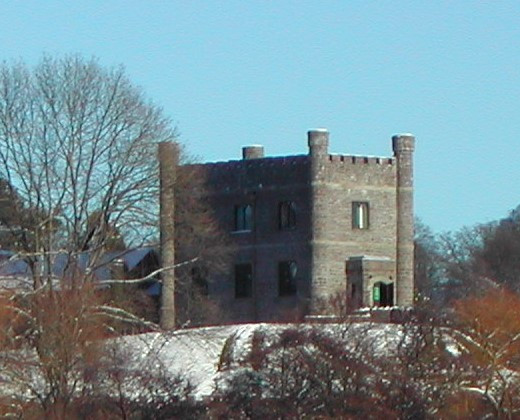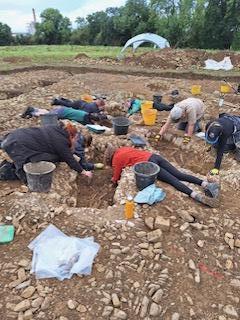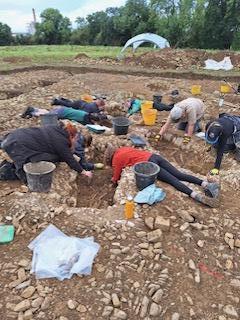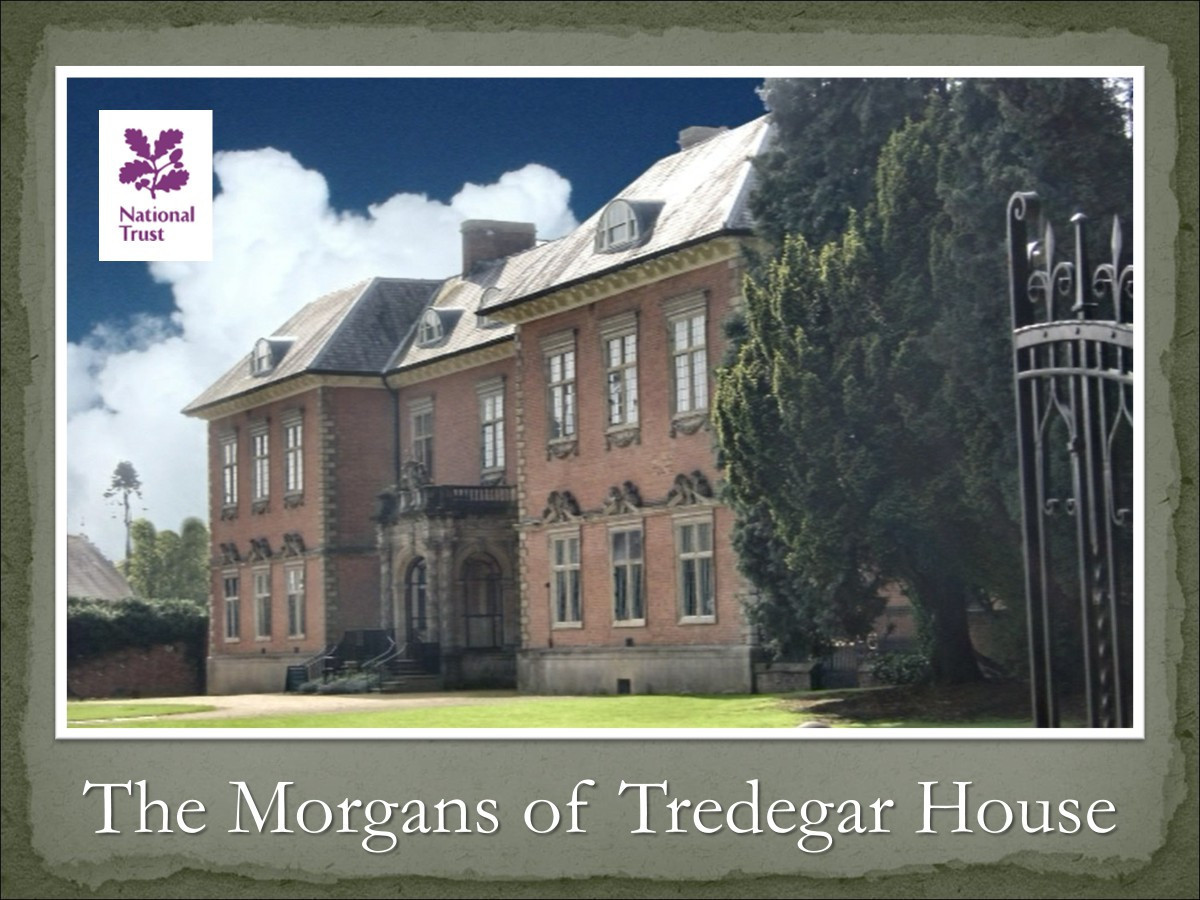





This Month
TREDEGAR HOUSE
Welsh, wealthy and wild,
the Morgan family claimed descent
from Celtic royalty and called
Tredegar House home for centuries.
Helen Morgan (no relation) reports:
Image : © The National Trust
Traces of the medieval stone manor house are still visible. But it is the red brick mansion, built in the 1670s by Sir William Morgan and his wife, Blanche, that is so iconic. They used their wealth to turn the stone house into an extravagant country mansion that manifested their sense of fashion and affluence. By the late 1700s, the estate comprised more than 40,000 acres spreading up the hills surrounding Newport. Sir Charles Gould Morgan, then head of the family, was not slow to capitalise on the rich seams of coal and iron which he leased to mine owners, as well as being a key figure in establishing the Brecon and Monmouthshire canal.
Owning such a vast estate had its pitfalls. In the 1830s the Morgan family became a target of the Chartist movement. By now the owner of Tredegar House was Sir Charles Morgan, MP for Brecon and Monmouthshire. In 1830, John Frost, one of the Chartist leaders wrote a pamphlet entitled “A Christmas Box for Sir Charles Morgan”. This accused Charles of mistreating his tenants and called for all working men to have the right to vote in a secret ballot.
The Morgans continued to wield political influence in the decades that followed with many of Charles’s descendants following in his footsteps as Members of Parliament. His grandson, Godfrey, a Tory MP, inherited the house in 1875. Godfrey is remembered for his humanity. He gave away land including what is now the Royal Gwent Hospital and reduced rent for his tenants.
The Morgan era finally ended with Evan, the last Viscount Tredegar. A colourful character, he married twice despite being openly gay. His wild parties were notorious. Friends included Aleister Crowley, who encouraged his obsession with the occult despite Evan being a staunch catholic. His menagerie included a parrot and boxing kangaroo. After his death in 1949 the house was sold and became a Catholic girls’ school. In the 1970s it was sold again, this time to Newport Council who transformed it into a museum. Since 2012 the historic building, gardens and parkland have been in the care of the National Trust.
Roger James’s talk on November 26th starts at 7.30pm. It is available via Zoom as well as live at the Melville Theatre to ALHS members. Seats at the Melville must be booked in advance by emailing alhsmelvillebooking@icloud.com


